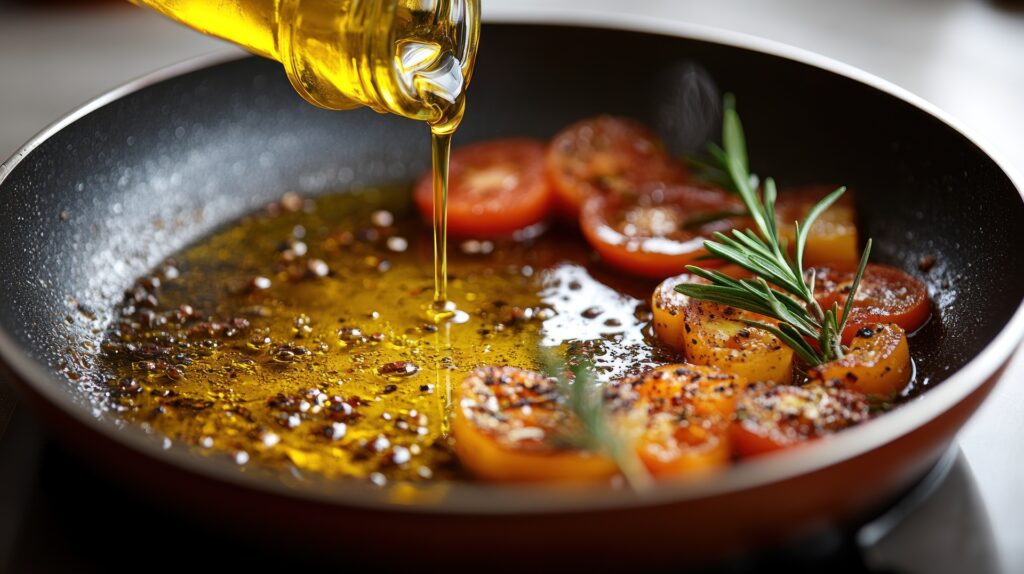
Cooking with less oil is an excellent way to maintain a healthy lifestyle without compromising the taste of your favourite dishes. While oil often enhances flavours and textures, some techniques and alternatives ensure your meals remain delicious and satisfying. Chef Abdul emphasises that “Flavor doesn’t come from oil alone—it’s about understanding your ingredients, spices, and cooking techniques.”
Here’s a comprehensive guide to creating flavorful meals with minimal oil.
Why Reduce Oil in Cooking?
Reducing oil has multiple benefits:
Essential Techniques for Cooking with Minimal Oil
Investing in good-quality non-stick pans, cast iron skillets, or ceramic cookware prevents food from sticking, allowing you to cook with little to no oil.
Chef Abdul’s Tip: “Preheat your non-stick pan before adding ingredients to maximise its effectiveness.”
Dry roasting spices, nuts, or grains in a pan releases natural oils and intensifies their flavours.
Steaming vegetables or poaching proteins like chicken or fish retain natural moisture and flavour.
Use the oven to bake or roast foods that would typically be fried. A light spray of oil, or even none, works wonders.
Chef Abdul’s Tip: “Use parchment paper or silicone mats to prevent sticking when roasting without oil.”
Spread evenly with a brush or paper towel. A few drops of oil are often enough for sautéing. Alternatively, water or broth can deglaze the pan and prevent sticking.
Air fryers use hot air circulation to achieve crispiness when frying with minimal or no oil.
Alternatives to Oil for Flavor and Texture
Use vegetable or chicken broth to sauté or add depth to soups, stews, and sauces.
These dairy alternatives work well for marinating proteins or adding creaminess to dishes.
Almond butter, peanut butter, or tahini add richness and a creamy texture without needing oil.
Lemon juice, lime juice, or vinegar-like apple cider or balsamic adds acidity and brightness to dishes, reducing the need for oil.
Spice and Herb Techniques for Flavor Enhancement
Cooking with minimal oil requires more reliance on spices, herbs, and aromatics to build flavour.
Dry-toast whole spices in a pan to release their essential oils and enhance their aroma.
Use fresh herbs like cilantro, basil, or parsley to add flavour and freshness at the end of cooking.
Garlic, ginger, and onions can be sautéed in water or broth to create a flavorful base.
Chef Abdul’s Tip: “Layering spices and herbs creates a depth of flavour that compensates for the lack of oil.”
Low-Oil Cooking Techniques for Specific Dishes
Pro Tips for Success
Chef Abdul’s Insight: “Cooking with minimal oil is not about compromise—it’s about creativity. When you understand your ingredients, you unlock their potential to shine independently.”
Recipe Spotlight: Low-Oil Vegetable Curry
Ingredients:
Method:
“Cooking with minimal oil isn’t about losing flavour; it’s about rediscovering the essence of your ingredients,” says Chef Abdul. “With the right techniques and a creative approach, you can create dishes that are healthy, vibrant, and full of flavour.”
Whether you’re sautéing, roasting, or simmering, let the natural qualities of your ingredients take centre stage. What’s your favourite low-oil cooking method or recipe? Share your tips and creations in the comments below!
Chef Abdul © Copyright 2024. All rights reserved.